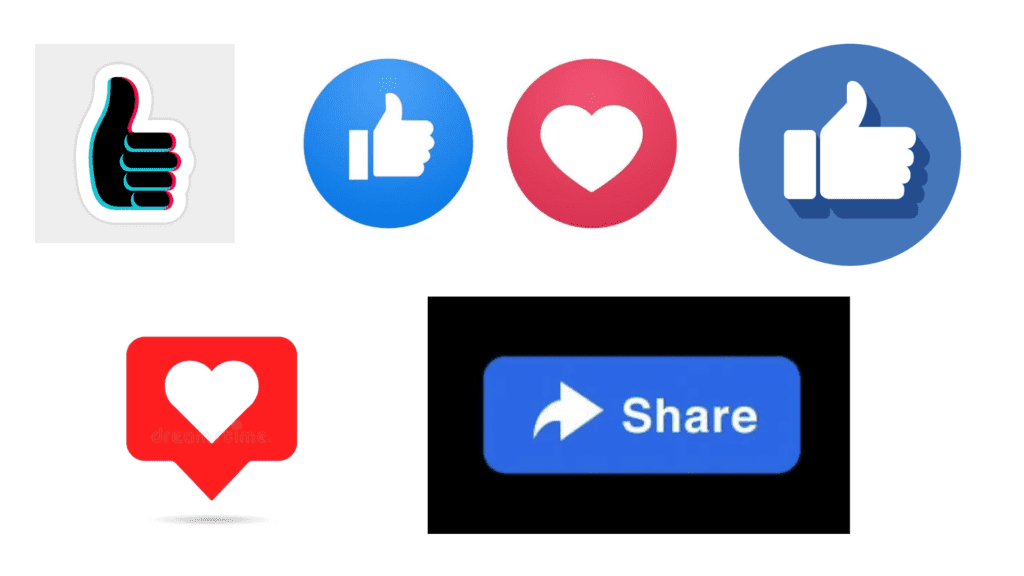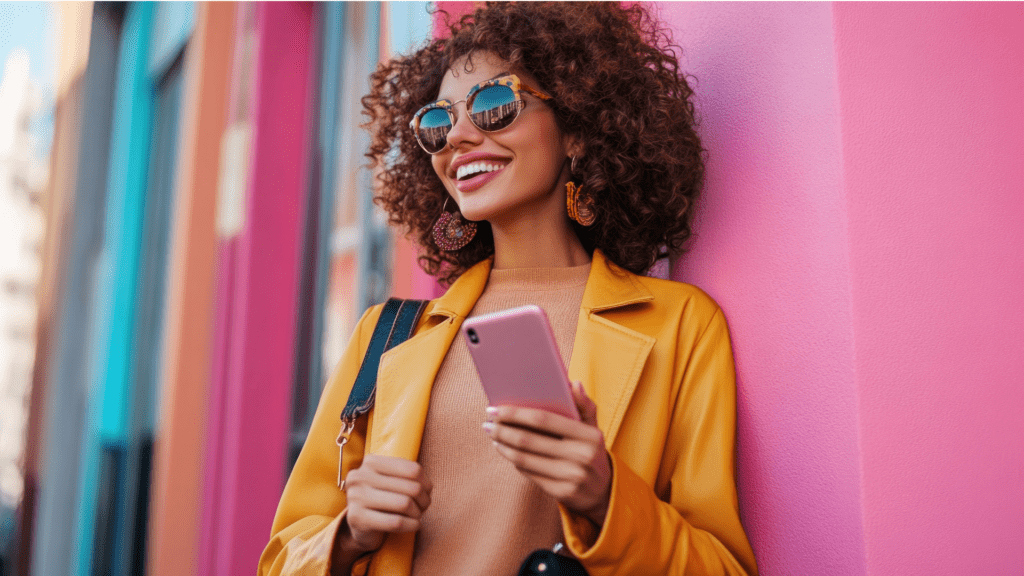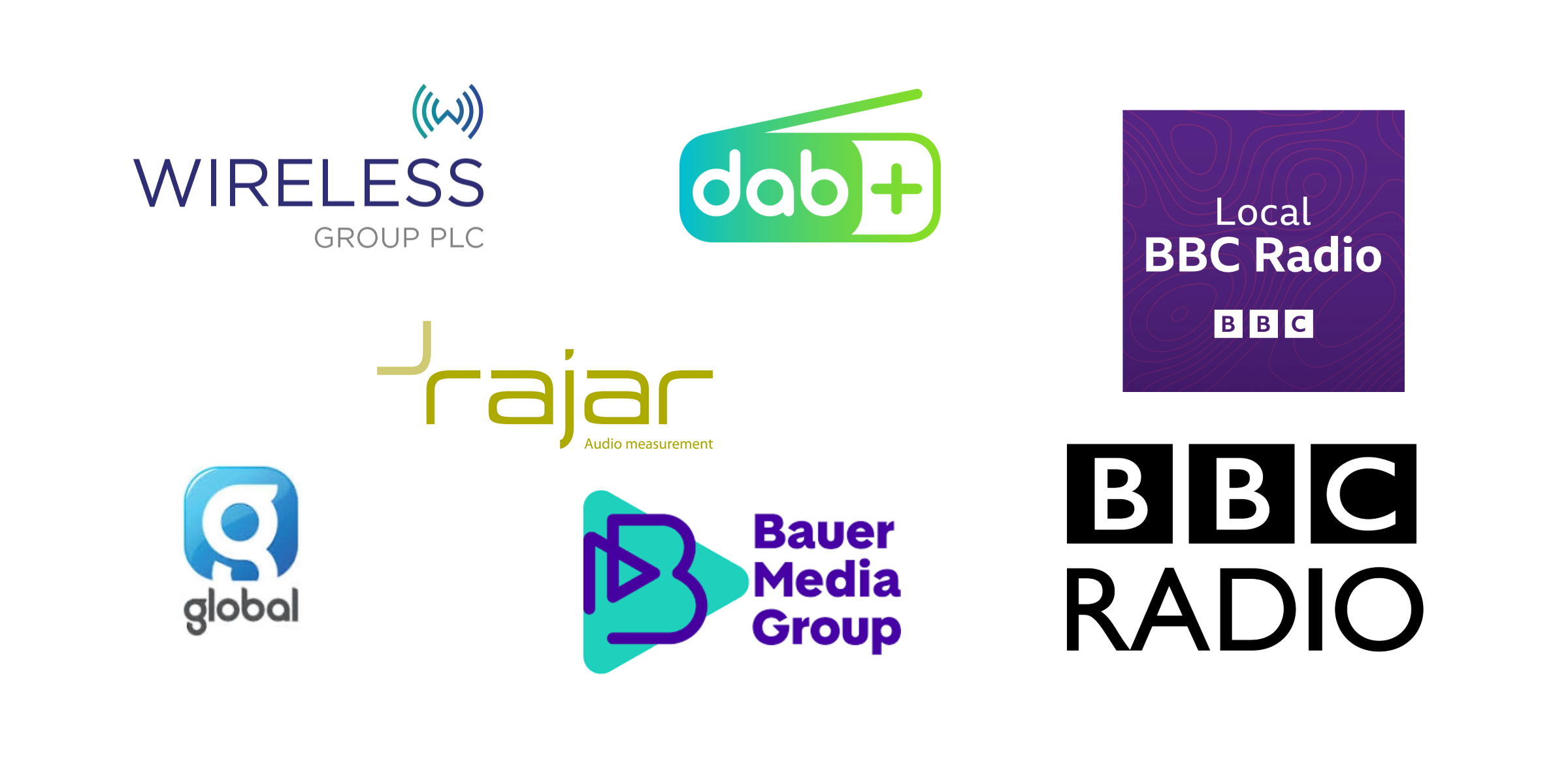In today’s digital era, social media platforms have become more than just tools for social interaction. They have transformed into powerful marketing machines for brands, influencers, and content creators alike.
While there are countless ways to engage with an audience on social media, one of the most powerful forms of content is video. With its ability to captivate, inform, and entertain, video production has emerged as a key driver in social media engagement.
In this blog, we’ll explore how video production is revolutionising social media engagement, the reason why it works so well, and how you can leverage video to enhance your social media success going forward.

The evolution of social media engagement
Before we dive into the power of video, let’s first understand how social media engagement has evolved over time. Initially, social media platforms like Facebook, Twitter, and Instagram focused mainly on static content – posts with images, text updates, and links. While these posts had their place, they lacked the emotional connection that many brands and users were looking for.
As the platforms adapted to audience needs, so did the content they supported. The introduction of video content created a shift in how people consumed media online. Users began to see and share more engaging, immersive content – from short clips to live streams, video became the go-to medium for capturing attention.
Today, almost every social media platform, from TikTok and Instagram to YouTube and Twitter, prioritises video within its algorithm. The reason is that video has proven to be an effective tool for increasing engagement. It attracts more likes, shares, comments, and views than any other text-based posts or images alone.

Why video production is crucial for social media success
- Increased Engagement
As we’ve already mentioned, the most significant benefit of using video on social media is its ability to boost engagement from an audience. This is because video appeals to our senses and emotions, making it easier for viewers to connect with the content and share it with others.
Platforms like Facebook and Instagram have recognised the value of video, prioritising it within their newsfeed algorithms. As a result, videos tend to get more visibility, meaning your audience is more likely to see and interact with them.
- Improved Brand Recall
Video content is highly memorable. Humans are wired to remember stories and visuals more easily than static text or images. This is why brand videos, especially those with strong storytelling elements, are so powerful. Whether it’s through a narrative, humour, or compelling visuals, video allows your brand to make a lasting impression on viewers.
A well-crafted video can increase brand recall and help establish a stronger connection between your audience and your brand. In fact, it is said that 70% of consumers are more likely to purchase a product after watching a video about it. If your video content is engaging enough, it can drive higher conversion rates and brand loyalty.
- Enhances Emotional Connection
One of the reasons video is so effective on social media is that it taps into the emotional side of viewers. Video is not just a passive form of content consumption – it can evoke emotions, create excitement, and make viewers feel like they are part of a larger story.
Whether it’s through heart-warming stories, humorous moments, or adrenaline-pumping visuals, video allows brands to speak directly to the emotions of their audience. By fostering this emotional connection, it also helps brands build trust and loyalty with their followers. This is especially important on social media, where competition for attention is incredibly fierce.
- Diverse Content Formats
The flexibility of video content allows brands and influencers to experiment with various formats. From short-form content like TikTok videos and Instagram Reels to longer formats like YouTube videos and Facebook Live streams, video allows for a wide range of creative possibilities.
Some popular video content types include:
- Explainer Videos: Videos that break down complex concepts or products in an easy-to-understand format, thus allowing your brand to be seen as an expert in field.
- Behind-the-Scenes: Content that gives a peek into your brand’s operations, processes, or day-to-day life allowing audiences to have a deeper connection to your company.
- Tutorials: How-to videos that teach your audience something valuable.
- Product Demos: Videos that show your product or service in action.
- Live Streaming: Real-time videos that allow direct interaction with your audience.
- User-Generated Content: Videos created by your customers or audience showcasing your product or brand.
As you can see, the possibilities with video are endless, and by experimenting with different types of video content, you can keep your social media presence fresh and engaging, while attracting new audiences.

How to leverage video production for social media success
Now that we’ve looked at the importance of video production for social media, let’s discuss how you can incorporate video into your social media strategy for maximum impact.
- Understand Your Audience
As with any form of content, be it an radio interview as part of our broadcast PR radio days, or a television interview, it’s important to understand who your audience is and what they want before beginning work on any video content. Social media platforms can support you with this by offering analytics tools that can help you gather insights into the age, gender, interests, and behaviours of your followers.
Once you have a clear picture of your audience, tailor your video content to resonate with them. For example, if your audience is younger and enjoys quick, snappy content, platforms like TikTok and Instagram Reels are probably more ideal. On the other hand, if your audience prefers in-depth tutorials, YouTube may be a more effective platform to consider.
- Always Optimise for Mobile
The majority of social media content is now consumed on mobile devices, so it’s crucial to optimise your videos for mobile viewing. This means considering factors such as:
- Video Orientation: Use vertical or square video formats for better mobile compatibility.
- Captions: Many users watch videos on mute while they are on-the-go, especially on social media, so ensure your videos are accessible with captions or subtitles.
- Short and Sweet: Due to so much competition, attention spans are shorter than ever, especially on mobile devices, so aim for videos that get to the point quickly. For platforms like Instagram and TikTok, aim for 15 to 30-second videos, while longer videos may perform better on YouTube.
- Use Engaging Thumbnails and Titles
When posting videos on social media, first impressions really do matter. Ensure that your video’s thumbnail is visually compelling and attention-grabbing. Think of it as the headline on a newspaper article. Consider what will make the audience click and want to see more. A well-designed thumbnail can significantly increase your video’s click-through rate.
Additionally, a clear and enticing title can help viewers understand the value of the video before they even click. Make sure your title is brief, descriptive, and includes relevant keywords that your audience might be searching for. You can also search online for live trending hashtags and keywords so you are making the most of live traffic.
- Create a Consistent Posting Schedule
Consistency is definitely key when it comes to social media engagement. Create a content calendar and plan your video posts in advance. Posting regularly ensures that your audience stays engaged and continues to look forward to your content. If you only post sporadically it’s likely your followers will forget about you or even worse, unfollow your account.
As an example, you might decide to post behind-the-scenes videos or “meet the team” videos every Monday, how-to videos on Wednesdays, and engaging short clips or memes on Fridays. By maintaining a consistent posting schedule, you can keep your brand top of mind for your audience.
- Always Incorporate a Call-to-Action
One of the most important elements of video content is the call-to-action (CTA). A CTA directs your audience to take a specific action after watching your video, such as liking the video, commenting, sharing, or visiting your website. Without a CTA, your video may fail to convert engagement into meaningful action. And let’s be honest, after all that work creating your video content, you want some return on investment!
You could encourage viewers to “like and share” if they found the content helpful or to “comment below” if they have questions. Likewise, on platforms like Instagram, you can also include swipe-up links in stories to direct followers to your company website or landing page.
- Analyse and Iterate
Finally, as with any broadcast PR or wider marketing campaign, it’s vitally important to track the performance of your video content. Social media platforms provide detailed analytics that can help you measure the effectiveness of your videos. Metrics such as views, likes, shares, comments, and watch time can give you valuable insight into what resonates with your audience.
You should use this data to refine your strategy and continually improve your video production. Don’t be afraid to experiment with new formats, styles, or topics to see what works best for your audience.
It’s also important to remember that audience tastes and platform algorithms do change over time, so a video post that gets great audience engagement this week may not do quite as well a few months later. Social media engagement is forever changing, so use these vital analytics to stay one step ahead of the curb!

Conclusion
It’s clear to see that video production is one of the most powerful tools in a social media marketer’s toolbox. Its ability to drive engagement, increase brand recall, and forge deeper emotional connections with audiences makes it a must-have in any social media strategy. As social media platforms continue to evolve, one thing is clear – video is here to stay.
By understanding the power of video, creating compelling content, and strategically leveraging it across social platforms, you can increase your visibility, grow your following, and take your brand’s social media success to new heights.
Here at Shout! Communications, we specialise in making corporate social content. All our filming is produced so it can be re-purposed in different ways, giving you the best return on investment. Even better, Shout! Communications is run by broadcast professionals, so our production values are of the highest standard. Contact us today to see how we can take your social media video content to the next level!
Get in Touch



